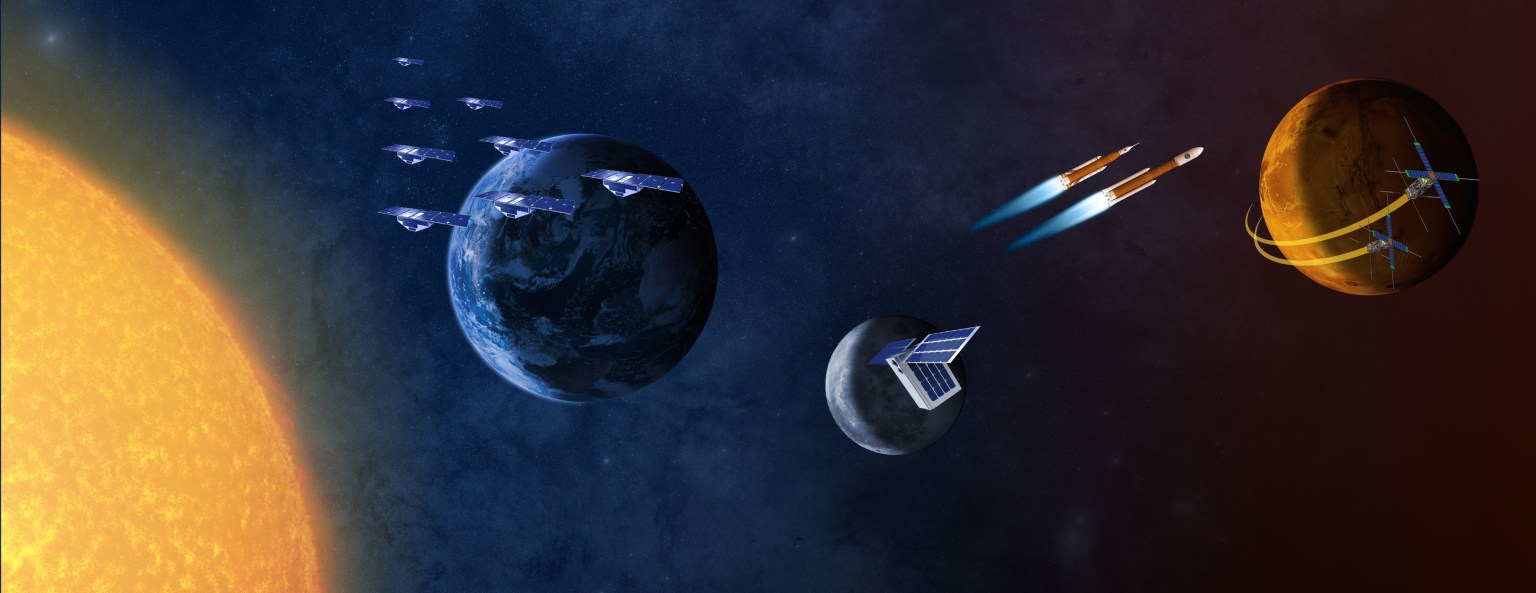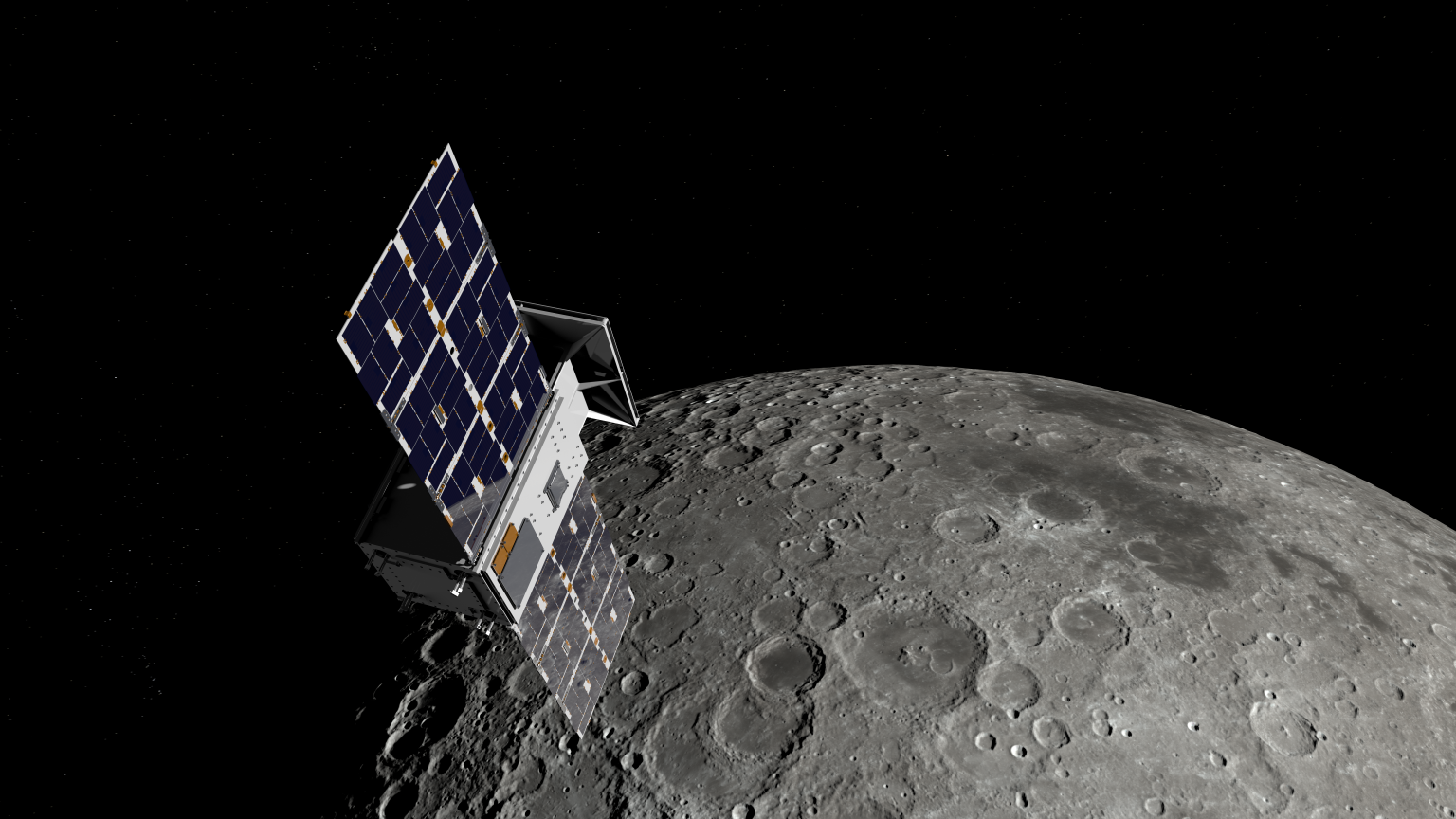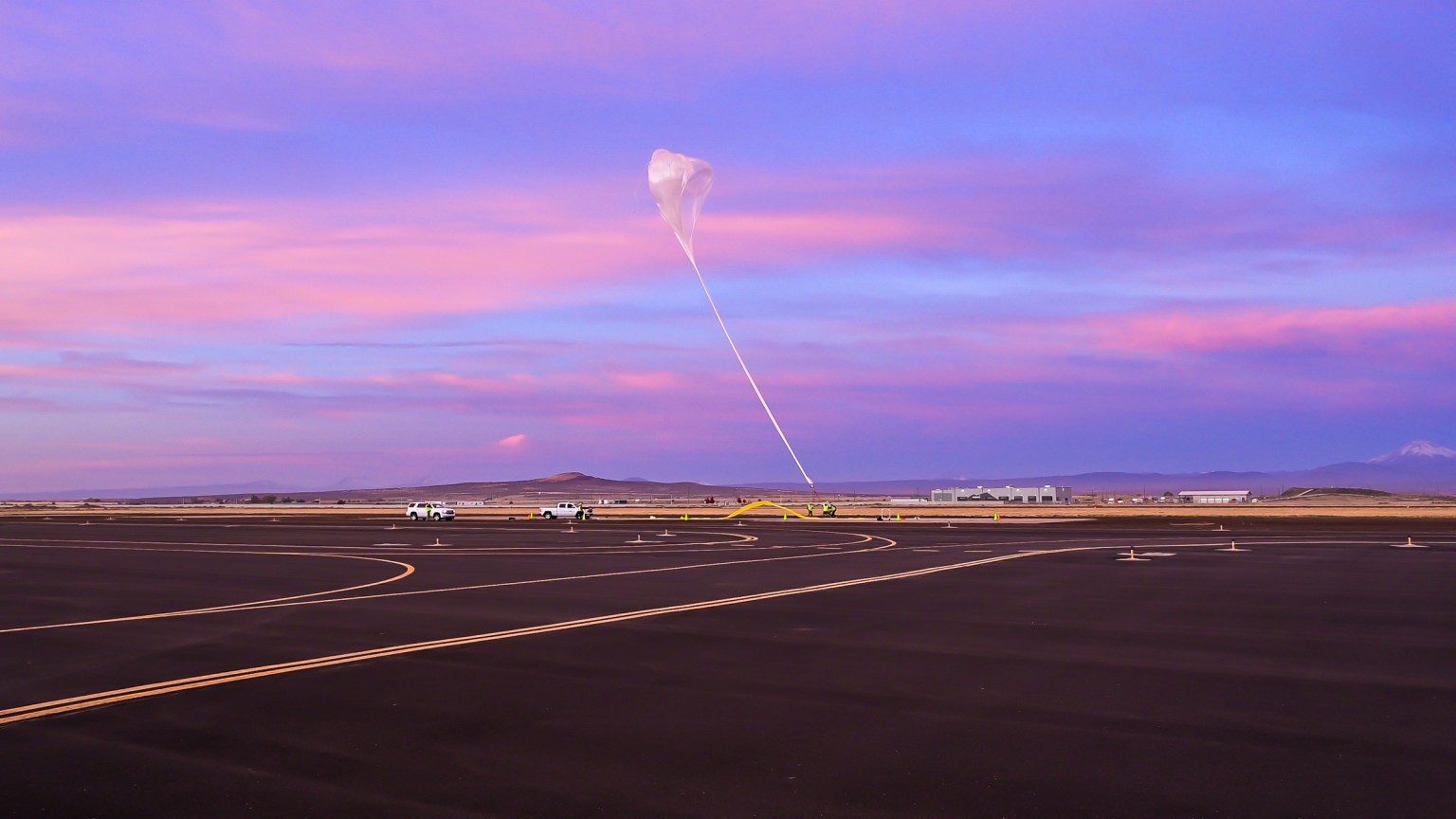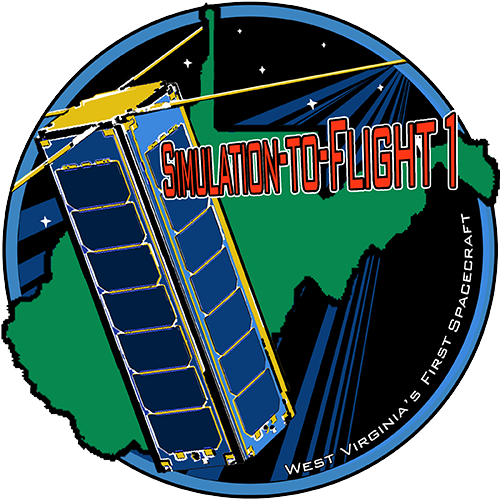Small Spacecraft Community of Practice
Subscribe to receive announcements for the Small Spacecraft Systems Virtual Institute’s (S3VI) monthly webinar series and quarterly newsletter here. We look forward to your participation!

The CubeSat Radiometer Radio Frequency Interference Technology Validation (CubeRRT) Mission: Objectives, Accomplishments, and Lessons Learned
Speaker: Christopher D. Ball, PhD, The Ohio State University
Wednesday, June 16, 2021
10:00AM-11:00AM Pacific Daylight Time
Click here to watch the webinar.
Please click here to download the presentation.
Abstract: The CubeSat Radiometer Radio Frequency Interference Technology Validation (CubeRRT) mission developed and deployed into orbit a 6U CubeSat to demonstrate radio frequency interference (RFI) mitigation technologies in support of future microwave radiometry missions. Microwave radiometers observe Earth’s natural thermal emissions and make important contributions to observing Earth’s atmosphere, oceans, and land surfaces including products such as atmospheric water vapor, temperature profiles, sea surface wind speed and direction, soil moisture, sea ice properties, and other products. Microwave radiometer measurements below 40 GHz exhibit increasing man-made RFI, having a degenerative impact on these important geophysical retrievals and potentially degrading the capabilities of future radiometer missions. To address the growing RFI problem, the CubeRRT mission was selected under the In-space Validation of Earth Science Technologies (InVEST) program, managed by NASA’s Earth Science Technology Office, to demonstrate on-board, real-time RFI processing from 6-40 GHz. Led by The Ohio State University with collaborators at Goddard Space Flight Center, Jet Propulsion Laboratory, and Blue Canyon Technologies, the CubeRRT mission provided important operational data that will inform future RFI mitigation system designs. This talk summarizes CubeRRT’s design, development, and integration on an aggressive two year schedule, followed by a year and a half period of operations and data acquisition. We highlight a variety of valuable lessons learned that can benefit future CubeSat missions.
Bio: Dr. Christopher Ball is a Research Scientist at the ElectroScience Laboratory, a major center-of-excellence in the Ohio State University’s College of Engineering and one of the largest radio frequency and optics research laboratories in the world. He has over two decades of experience developing a wide variety of sensor technologies for defense, environmental, and industrial applications. He holds a bachelor’s degree in Physics from Harvard University and master’s and PhD degrees in Physics from Ohio State. Following a postdoctoral position at the Harvard-Smithsonian Center for Astrophysics, Dr. Ball worked for 15 years at Battelle, a large not-for-profit research institution, where he focused on hyperspectral imaging, laboratory spectroscopy, lidar, radar, and sensor hardware and software solutions primarily for defense applications. Since transitioning to Ohio State, Dr. Ball has continued to develop novel sensor technologies related to millimeter wave spectroscopy, infrared laser imaging, microwave radiometry, and infrared spectroscopy and imaging. He served as OSU’s project manager on the CubeRRT mission from 2016 to 2020.
S3VI encourages the community to submit questions before the webinar to enable more directed responses. Please send questions to raquel.l.redhouse@nasa.gov.






























